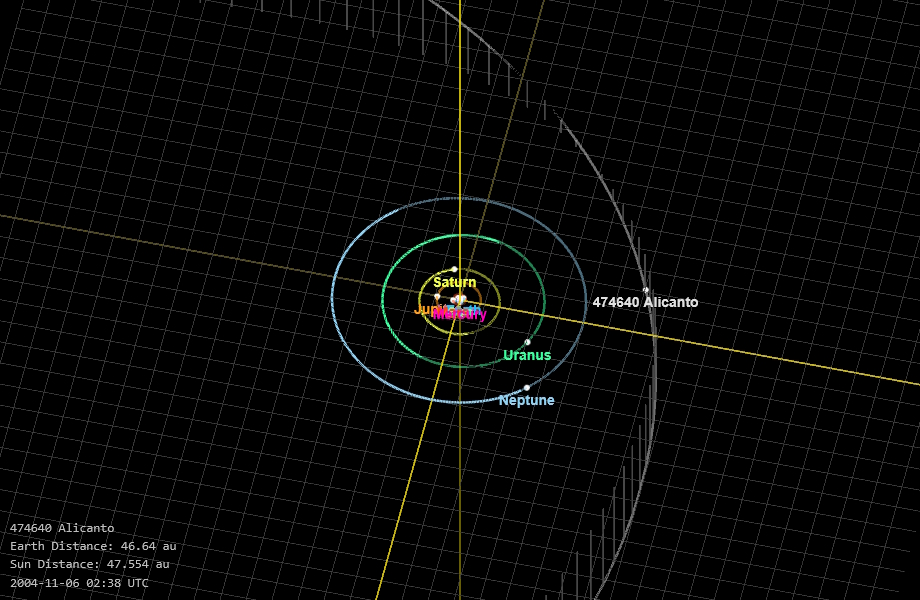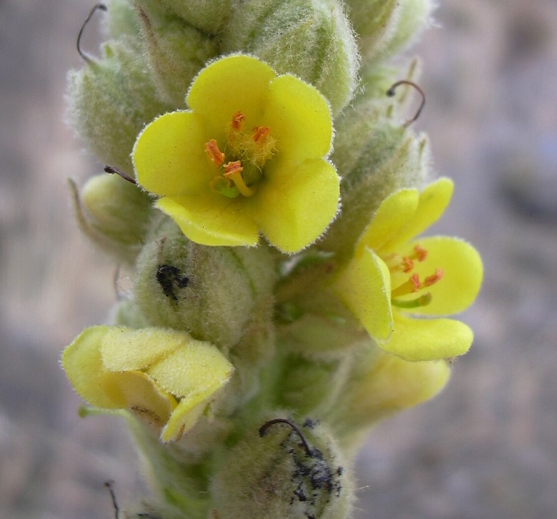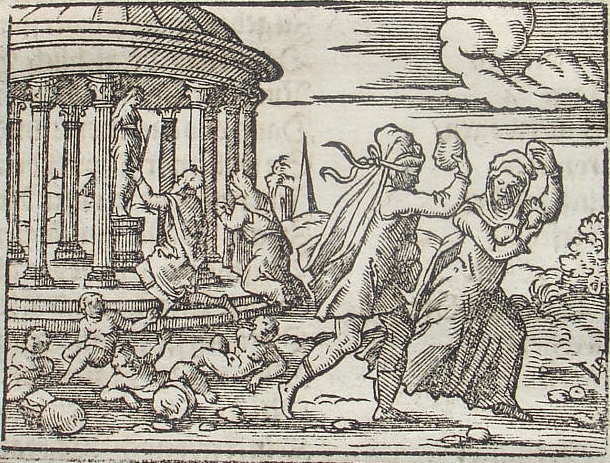Focus On: (486958) Arrokoth
The name Arrokoth was chosen by the New Horizons team to represent the Powhatan people indigenous to the Tidewater region of Virginia and Maryland in the eastern United States, and formally announced with the permission of the Powhatan nation’s Pamunkey Indian Tribe elders.
Focus On: (486958) Arrokoth Read Post »










